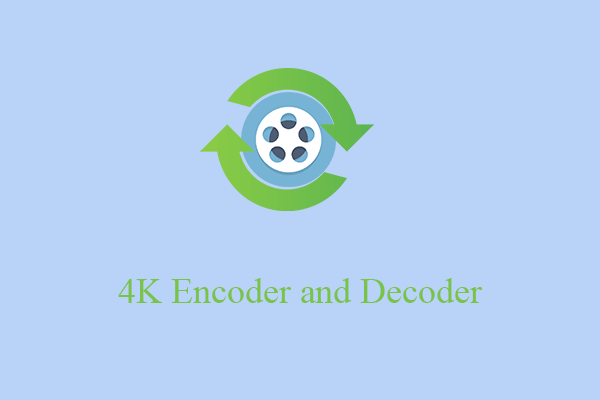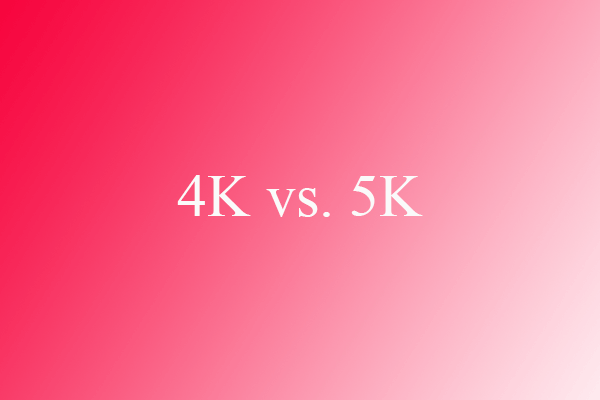As a consumer, it can be challenging to decipher the differences and decide which technology is best suited for your needs. In this comprehensive comparison provided by MiniTool video-recording program, we'll explore the key features and benefits of each display technology to help you make an informed decision.
In the world of modern televisions, there is a wide array of display technologies available, each promising superior picture quality and immersive viewing experiences. Among the most popular contenders are OLED, 4K, QLED, LED, and SUHD.
1. OLED (Organic Light-Emitting Diode)
OLED technology is renowned for its exceptional picture quality and color reproduction. Unlike traditional LED TVs that use a backlight, each pixel in an OLED display emits its light, allowing for perfect blacks and infinite contrast ratios. This results in stunning visuals with vibrant colors, sharpness, and wide viewing angles. OLED TVs are also thinner and more energy-efficient than many other display technologies. However, OLED TVs tend to be more expensive than other options.
2. 4K (Ultra High Definition – UHD)
4K refers to the resolution of television, which is four times higher than that of Full HD (1080p). With a pixel count of approximately 3840 x 2160, 4K TVs offer incredibly sharp and detailed images, especially on larger screens. The increased pixel density ensures that even up close, the visuals appear smoother and more lifelike. It’s essential to note that 4K content is becoming increasingly prevalent through streaming services, Blu-ray discs, and gaming consoles.
3. QLED (Quantum Dot Light Emitting Diode)
QLED is a display technology developed by Samsung that employs quantum dots to enhance color reproduction and brightness. QLED TVs offer vivid and bright images, making them well-suited for well-lit rooms. While they provide impressive picture quality, they do rely on a backlight, which may lead to slightly less profound blacks compared to OLED displays. However, QLED TVs often come at a more affordable price point than OLED models.
4. LED (Light Emitting Diode)
LED TVs are the most common and widely available display technology in the market. They use an LED backlighting system to illuminate the pixels on the screen. LED TVs are generally more affordable than OLED and QLED options, making them an attractive choice for budget-conscious consumers. While they may not offer the same level of picture quality as OLED or QLED displays, modern LED TVs have significantly improved over the years and can deliver excellent visuals for everyday viewing.
5. SUHD (Samsung Ultra High Definition)
SUHD is a term used by Samsung to denote its high-end LED TVs with advanced picture-enhancing features. These TVs typically boast quantum dot technology and HDR (High Dynamic Range) capabilities, which result in enhanced brightness, contrast, and color accuracy. SUHD TVs are an intermediary option between standard LED TVs and QLED displays.
Conclusion
When it comes to choosing the right display technology for your needs, it ultimately depends on your preferences, viewing habits, and budget. OLED stands out for its unmatched picture quality and deep blacks, making it ideal for cinephiles and those seeking top-tier visuals. 4K is perfect for those who want enhanced resolution and a vast array of available content. QLED strikes a balance between picture quality and affordability, making it an excellent choice for many consumers. LED is the go-to option for budget-conscious buyers who still want a decent viewing experience. SUHD falls between LED and QLED, offering a mid-range solution with impressive picture enhancements.
In summary, each display technology has its strengths and caters to different needs. Consider your viewing environment, content preferences, and budget to find the display technology that best suits you. Whether you choose the rich blacks of OLED, the detailed resolution of 4K, the vibrant colors of QLED, the affordability of LED, or the enhancements of SUHD, the advancements in display technologies ensure an enjoyable viewing experience for all.
Also Read
- 720P vs 4K: Understanding the Differences and Making the Right Choice
- HBO Max and the 4K Experience: What You Need to Know
- Unlocking the Brilliance of Prime Video in 4K: A Cinematic Experience at Your Fingertips
- Disney+ 4K: A Magical Visual Feast for Streaming Enthusiasts
- Paramount+ 4K: Elevating Entertainment to Unprecedented Heights




User Comments :